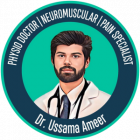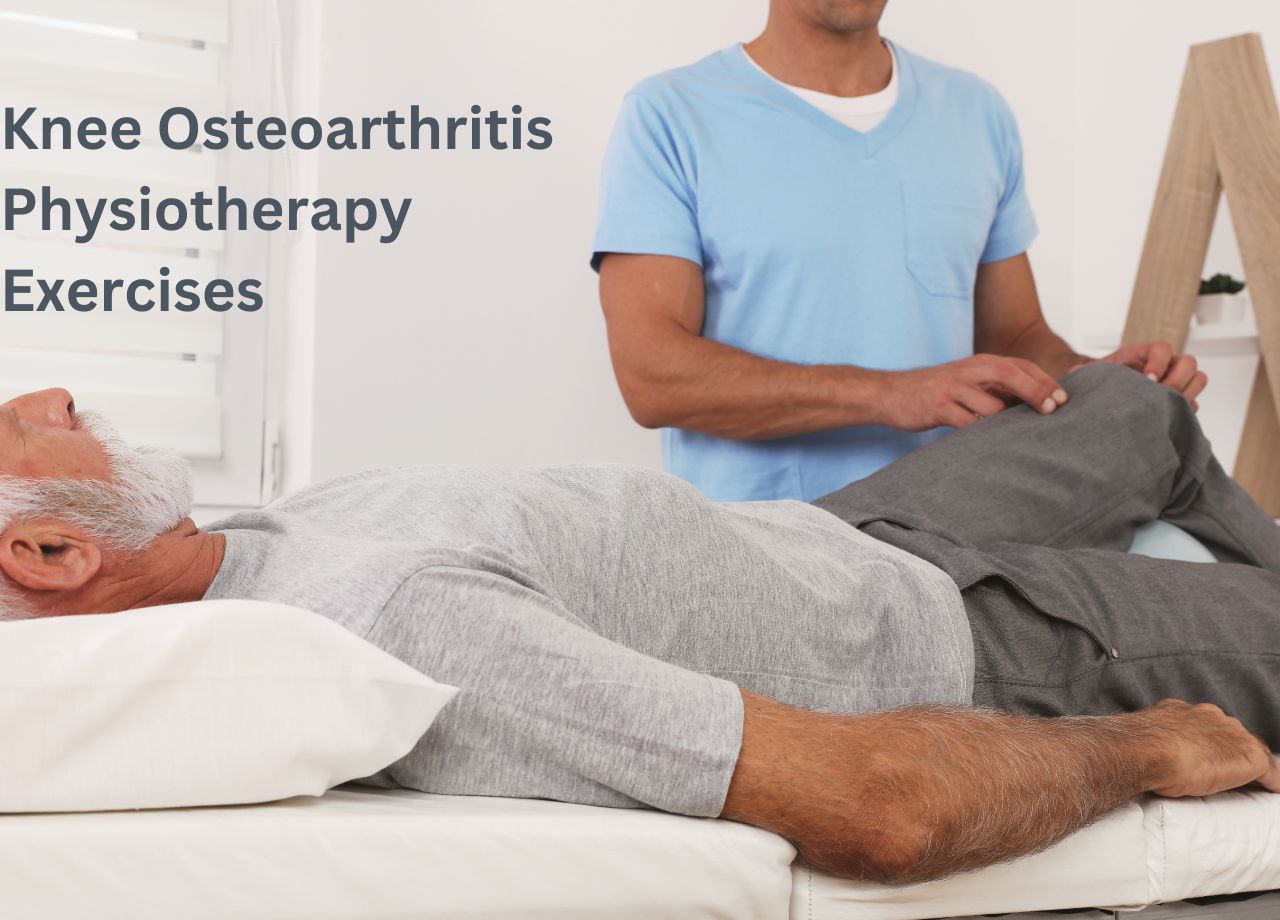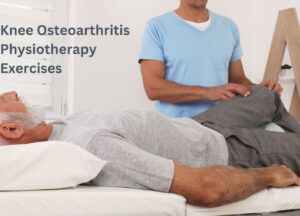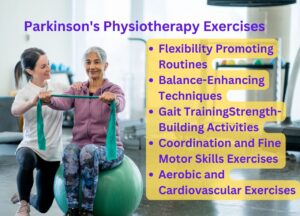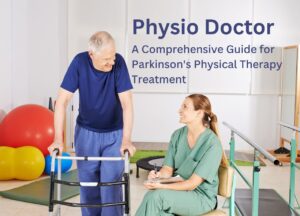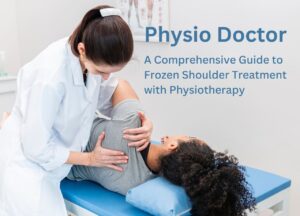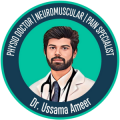Knee osteoarthritis can be a challenging condition, impacting mobility and quality of life. In this comprehensive guide, we’ll explore the pivotal role of physiotherapy exercises in managing knee osteoarthritis. Discover tailored exercises designed to alleviate pain, improve flexibility, and empower individuals to reclaim an active and pain-free lifestyle.
Understanding Knee Osteoarthritis
Knee osteoarthritis is a degenerative joint condition characterized by the breakdown of cartilage in the knee joint. This can lead to pain, stiffness, and reduced range of motion. Physiotherapy emerges as a key component in the holistic management of knee osteoarthritis, providing targeted exercises to enhance joint function and minimize symptoms.
Key Physiotherapy Exercises for Knee Osteoarthritis
1. Low-Impact Aerobic Exercises
Low-impact aerobic exercises, such as walking, swimming, or cycling, play a crucial role in managing knee osteoarthritis. These exercises promote cardiovascular health without putting excessive strain on the knee joint, helping to maintain overall fitness.
2. Quadriceps Strengthening
Strengthening the quadriceps muscles is a cornerstone of physiotherapy for knee osteoarthritis. Specific exercises, like leg raises and squats, target the quadriceps, providing stability to the knee joint and reducing stress on the affected area.
3. Hamstring Stretching
Tight hamstrings can contribute to knee discomfort. Physiotherapy exercises incorporate hamstring stretches to improve flexibility and relieve tension, promoting a more comfortable range of motion.
4. Range of Motion Exercises
Maintaining and improving the range of motion in the knee joint is a primary goal of physiotherapy. Gentle exercises, such as knee bends and extensions, are prescribed to prevent stiffness and enhance flexibility.
5. Balance and Stability Exercises
Knee osteoarthritis can affect balance and stability. Physiotherapy protocols include exercises that target these aspects, incorporating activities like single-leg stands and stability exercises to improve overall joint control.
6. Tai Chi and Yoga
Mind-body exercises like Tai Chi and yoga offer benefits for individuals with knee osteoarthritis. These practices focus on gentle movements, balance, and flexibility, providing a holistic approach to managing symptoms.
7. Aquatic Exercises
Exercising in water offers a buoyant and supportive environment, making it an ideal option for individuals with knee osteoarthritis. Aquatic exercises help improve strength and flexibility without putting excessive stress on the knee joints.
The Gradual Progression of Exercises
Physiotherapy for knee osteoarthritis follows a gradual progression. Starting with low-impact exercises and gradually incorporating more challenging activities allows individuals to build strength and flexibility while minimizing the risk of exacerbating symptoms.
The Role of Patient Education
Beyond exercises, physiotherapy includes patient education on self-management strategies. This may include advice on lifestyle modifications, proper joint protection techniques, and the use of assistive devices to enhance daily activities.
Empowering Individuals for Long-Term Management
Physiotherapy empowers individuals to take an active role in the long-term management of knee osteoarthritis. Patients are equipped with the knowledge and skills to continue exercises independently, fostering a sense of control over their condition.
Conclusion
In conclusion, physiotherapy exercises serve as a vital tool in the comprehensive management of knee osteoarthritis. From low-impact aerobics to targeted strengthening and flexibility exercises, each component is designed to enhance joint function and alleviate symptoms. If you or someone you know is dealing with knee osteoarthritis, consider the transformative impact of physiotherapy. Consult with a qualified physiotherapist to embark on a personalized journey toward improved mobility, reduced pain, and a more active lifestyle.
